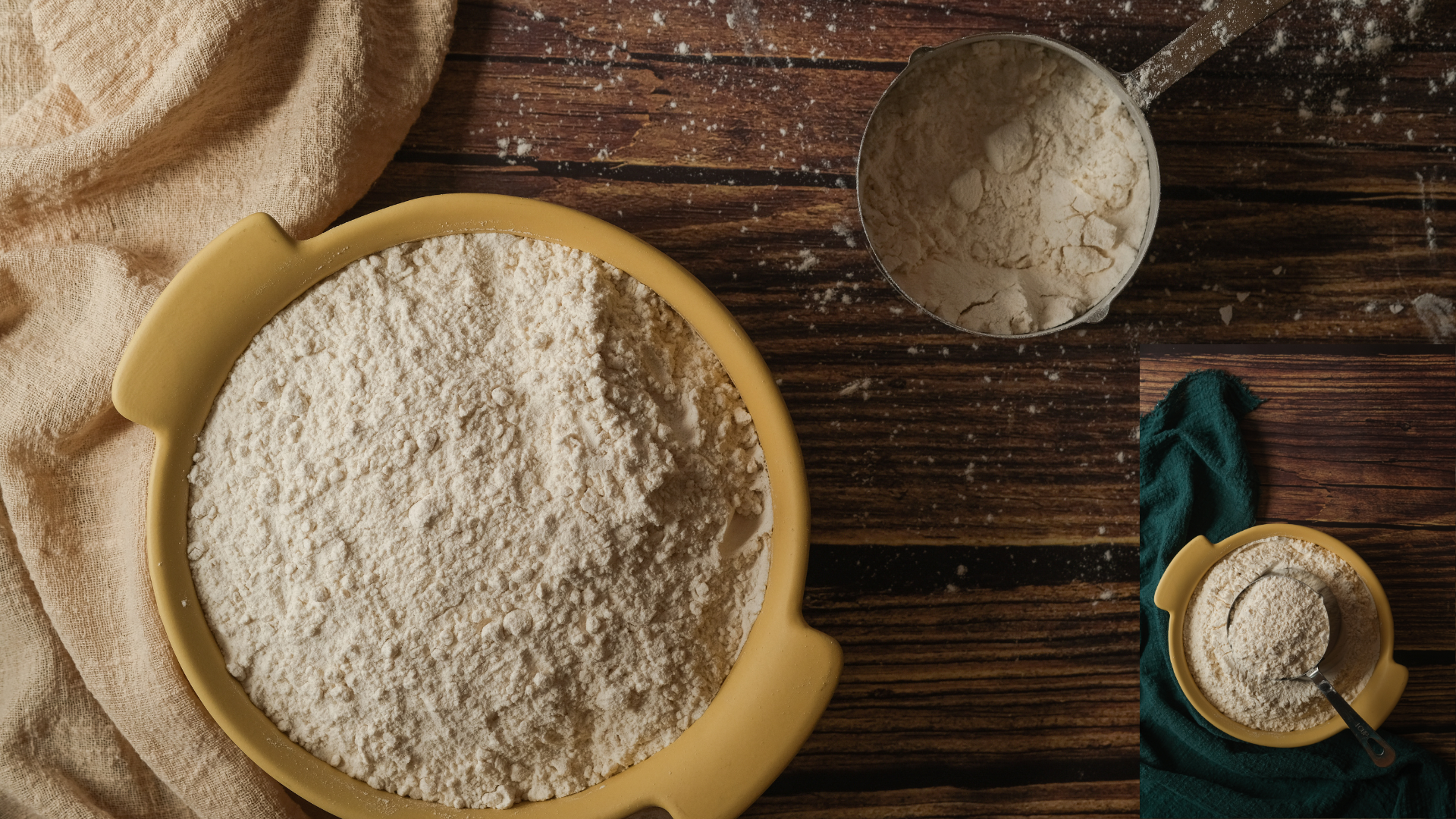Milk, whether liquid or powdered, is considered an essential food that is indispensable in the human diet. Each type has its own usage depending on its purpose, availability, and ease of storage. In this article, we will thoroughly explore the uses of liquid and powdered milk, their differences, advantages and disadvantages, and their roles in the food and medical industries, supported by accurate statistics and comparison tables, while highlighting the latest trends in the global market.
First: Liquid Milk
Uses:
- Daily Consumption: Liquid milk is consumed fresh as part of breakfast or between meals, providing an essential nutritional boost to start the day actively and enhance satiety.
- Cooking and Desserts: Used in preparing foods such as creamy soups, lasagna, pastries (croissants, pancakes), and white sauces (béchamel), adding a creamy texture and rich flavor.
- Hot and Cold Beverages: Added to coffee (latte, cappuccino), tea (milk tea), hot cocoa, and blended smoothies to enhance nutritional value and improve texture.
- Dairy Products: Used in manufacturing yogurts (Greek, flavored), fresh cream, soft cheeses (mozzarella, ricotta), hard cheeses (cheddar, parmesan), heavy cream, and buttermilk.
- Traditional Cooking: Used in preparing popular dishes like molokhia with meat or chicken, creamy chicken soup, custard, and caramel desserts.
Advantages:
- Rich Nutrient Content: One cup (240 ml) of whole liquid milk contains about 8g of protein, 300mg of calcium (around 30% of daily needs), and vitamins A, D, and B12.
- High-Quality Protein Source: Milk protein contains all essential amino acids necessary for tissue building and muscle health.
- Vitamins and Minerals: Provides vitamin D (essential for calcium absorption), vitamin B12 (important for nerve health and red blood cell production), phosphorus, and potassium.
- Relatively Easy Digestion: Compared to some other protein sources, milk contains natural enzymes that aid digestion.
- Immediate Use: Ready to drink or cook without any preparation or dissolving.
Disadvantages:
- Short Shelf Life: Once opened, must be consumed within 3–7 days and kept refrigerated between 1–4°C.
- Allergy and Intolerance: Some people suffer from milk protein allergy or lactose intolerance, requiring alternatives.
- Cost and Storage: Requires refrigeration and cooled transport, increasing logistic costs, especially in remote areas.
- Environmental Impact: Large-scale milk production is linked to methane emissions, water consumption, and agricultural
land use.
Second: Powdered Milk
Uses:
- Food Industries: Widely used in chocolate, biscuits, pastries, instant drinks, and diet products.
- Medical Field: Used in manufacturing nutritional supplements, infant formulas, and specialized medical formulations for malnutrition.
- Household Use: An economical and practical choice, reconstituted by adding water, ideal for areas with limited refrigeration.
- Emergency Preparedness: Due to its long shelf life, it’s used in emergencies, humanitarian aid, camps, and long trips.
Advantages:
- Long Shelf Life: Lasts 6–12 months without refrigeration.
- Ease of Transport and Storage: Lightweight and doesn’t require complex storage conditions.
- Lower Cost: More economical than liquid milk, making it preferred by many families.
- Versatile Use: Suitable for cooking or drinking after preparation.
Disadvantages:
- Preparation Needed: Must be dissolved in water at a specific ratio to maintain taste and nutritional value.
- Less Flavor: Some types lack the fresh taste of natural milk, especially non-fortified ones.
- Loss of Some Nutrients: Especially vitamin C and some natural enzymes during the drying process.
- Possible Sensitivities: Some commercial brands may contain additives or fillers affecting digestion or causing allergies.
Detailed Comparison Table
ElementLiquid MilkPowdered MilkShelf LifeShort (3–7 days)Long (6–12 months)StorageNeeds refrigerationNo refrigeration neededConsumptionReady to drinkMust be reconstituted with waterCostHigherLowerIndustrial UseRelatively limitedWide use in food industriesNutritional ValueNatural and completeSome vitamins may be lost during drying

Global Statistics
Liquid Milk:
- Global Production: Over 860 million tons annually.
- Top Producers: India, United States, China.
- Market Growth: Rising demand in developing countries due to improved income and increased nutritional awareness.
Powdered Milk:
- Global Production: 9.3 million tons.
- Market Value: $30.6 billion in 2024, expected to reach $38.6 billion by 2035.
- Top Consuming Countries: Algeria (736,000 tons), Brazil (716,000 tons), China (616,000 tons).
Recent Market Trends
- Demand for Fortified Milk:
- Growing demand for milk fortified with vitamins and minerals, especially for children and pregnant women.
- Growth of Plant-Based Products:
- Alternatives like almond, oat, and soy milk are increasingly popular, especially among younger generations.
- According to Curevigor, 79% of Gen Z and 65% of Millennials have tried plant-based milk, and over 60% consume it regularly.
- Shift Towards Long-Life Milk (UHT):
- Consumers seek products that don’t require immediate refrigeration while maintaining nutritional value.
- Environmental Awareness:
- Powdered milk is favored by some due to its more efficient production and transport, reducing carbon footprint.
FAQs
❓ What’s the difference between liquid and powdered milk in terms of nutrition?
Liquid milk contains complete natural nutrients, while powdered milk may lose some vitamins during drying.
❓ Can powdered milk be a permanent substitute for liquid milk?
Yes, but it may not offer the same fresh taste and must be properly prepared for good results.
❓ What’s the best way to store powdered milk?
Store it in an airtight container in a cool, dry place away from moisture and heat.
❓ Does powdered milk contain preservatives?
No, most types do not; their long shelf life relies on the drying process.
❓ Which is better for infants and children: liquid or powdered milk?
Consult a doctor, but children's formulas are often in fortified powdered form essential for growth.
Conclusion
Liquid and powdered milk complement each other in the modern diet. Liquid milk is ideal for daily consumption and immediate cooking, while powdered milk is a strategic option for storage, industrial use, and therapeutic nutrition. Understanding the differences helps consumers choose what suits their needs best, and helps businesses align their products with modern health and environmental trends.
👉 Shop from our store here
#Liquid_Milk #Powdered_Milk #Dairy_Products #Nutrition #Health_and_Food #Dairy_Industry #Milk_Consumption #Plant-Based_Alternatives


